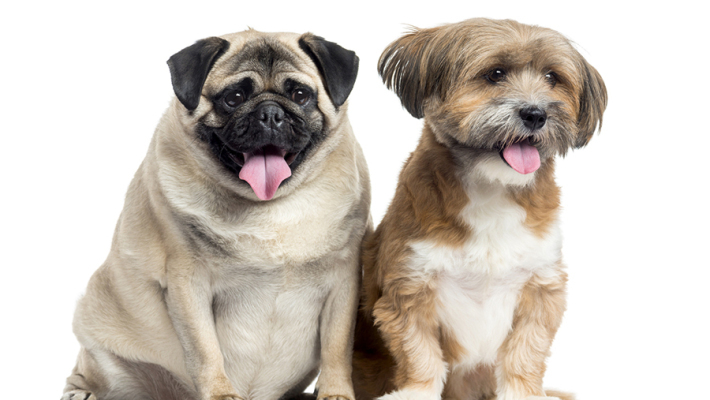
Anaesthesia
This last week we have had an unusual amount of higher risk anaesthesia patients in at our hospital. The main group of these are what we call brachycephalic breeds; namely Bulldogs, Boxers and Pugs are the most common. These are dogs with very short “squashy” faces. This week we had a Bulldog, Boxer and French Bulldog in for surgery.
One our core values is excellence and we pride ourselves in being able to offer a very high standard of care in our hospital. There is no better demonstration of our commitment to this than with these specific anaesthetics. First up, all our surgery patients for the day receive a full clinical exam by one of our vets. Pre-anaesthetic blood tests are always recommended as they enable us to diagnose early disease. We run these test on-site and can have the results within half an hour.
Administration of intravenous fluids enable blood pressure to be maintained and modern premedication and anaesthetic drugs enable a smooth and lower risk anaesthetic. Every anaesthetic patient has a dedicated, trained vet nurse during the entire anaesthesia and we use state of the art monitoring equipment including a Surgivet which monitors you pets heart rate, respiratory rate, blood oxygen levels, blood pressure, expired CO2 gases, ECG and temperature. The most important part of any anaesthetic with these specific breeds is the recovery and our nurses and vets will be with these patients throughout their entire recovery process to ensure a safe recovery.
For more information head to “Anaesthesia and Your Pet”



